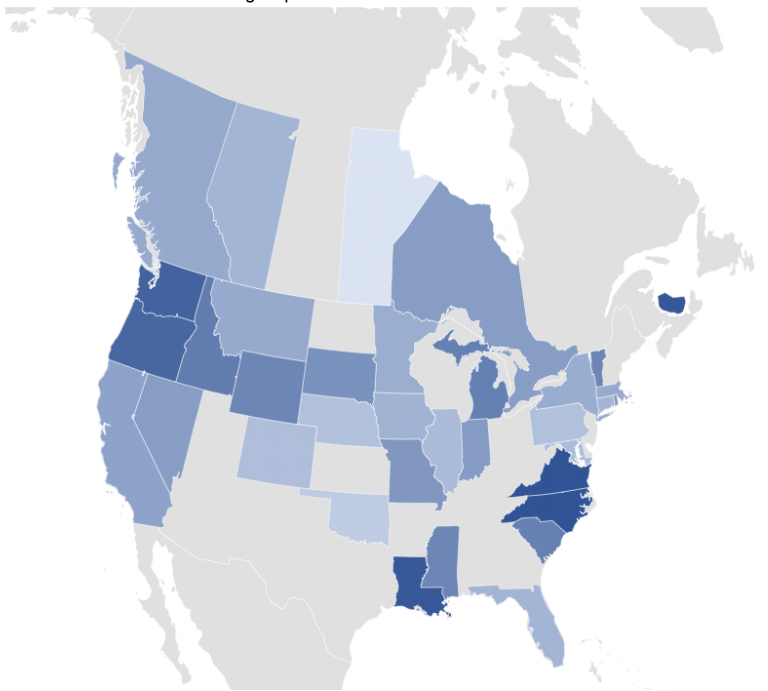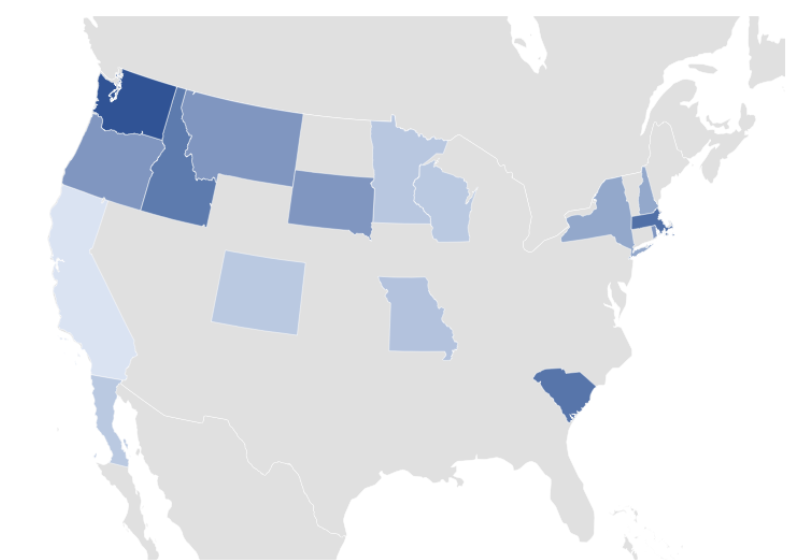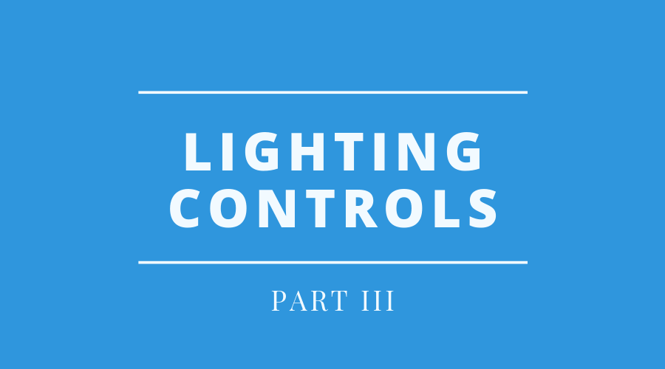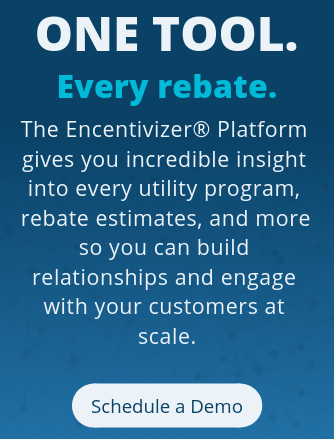Welcome to part III of our series on lighting controls and rebates!
Previously, we covered the basics of lighting control rebates. We reviewed how utilities categorize and incentivize all kinds of lighting controls. We’ve hit the simple “widget” approach to controls, and the more complex “systems” approach.
If you missed Part I or Part II read them now!
Today, we’ll hit the economics of lighting control incentives.
As we discussed in Part I, there are a number of methods the utilities use to incentivize controls. We are going to take a look at the easiest method...Fixed
Fixed rebates, where the utilities has set a fixed amount per sensor, can have some additional requirements set in order to get the rebates. The most common requirement is a minimum controlled watts. The utility to achieve a certain amount of energy savings using the control, and the more fixtures that are controlled by the sensor, the higher the energy savings.
Another requirement can be a minimum wattage reduction, again for achieving a certain level of energy savings. A further common requirement is that the control is “automatic." Meaning that if an occupant can easily override the control, then the potential for savings is reduced. Particularly, the hard requirement is that automatically turning a light off or down is not able to be impacted by a human.
Fixed rebates are used for many control types.
- Occupancy
- Vacancy
- Daylight
- Time Clock
- Photocell
Let’s take a look at the rebate for a common control, the Ceiling Mounted Occupancy Sensor.
In the US & Canada, the range of incentives for this control is $90-$3.
This is illustrated in the following map.
 Blank or gray states generally use an energy-savings based approach so they are ignored in this map.
Blank or gray states generally use an energy-savings based approach so they are ignored in this map.
The state is represented by the average highest occupancy control incentive for simple Fixed type rebates. Many of these programs with the highest incentives have different tiers based on the amount of wattage controlled, so check your program documentation.
Photocells for outdoor lighting are worth looking at as well. They are required by code in many jurisdictions, so there are less utilities that offer incentives for photocells, as illustrated in this map
 Blank or gray states generally use an energy-savings based approach so they are ignored in this map.
Blank or gray states generally use an energy-savings based approach so they are ignored in this map.
Similar to the map above, the state is represented by the average highest outdoor photocell incentive for simple Fixed type rebates. Many of these programs with the highest incentives have different tiers based on the amount of wattage controlled, so check your program documentation.
It is worth noting that these control incentives are generally in the downstream/prescriptive programs, they are beginning to appear in the midstream/upstream/instant rebate programs as well. This movement should make it even easier to add controls to any projects.
In summary, we’ve had a long journey and covered a lot of ground. We’ve seen the variety of approaches and economics for lighting control incentives throughout the US & Canada. Generally, lighting control incentives can be a great way to afford to increase energy savings and generate a better ROI for your project!
Feel free to reach out or comment below with related questions I can answer in these articles. hello@encentivenergy.com
.png?width=500&name=2019%20e%20news%20spotlight%20logo%20(1).png)





